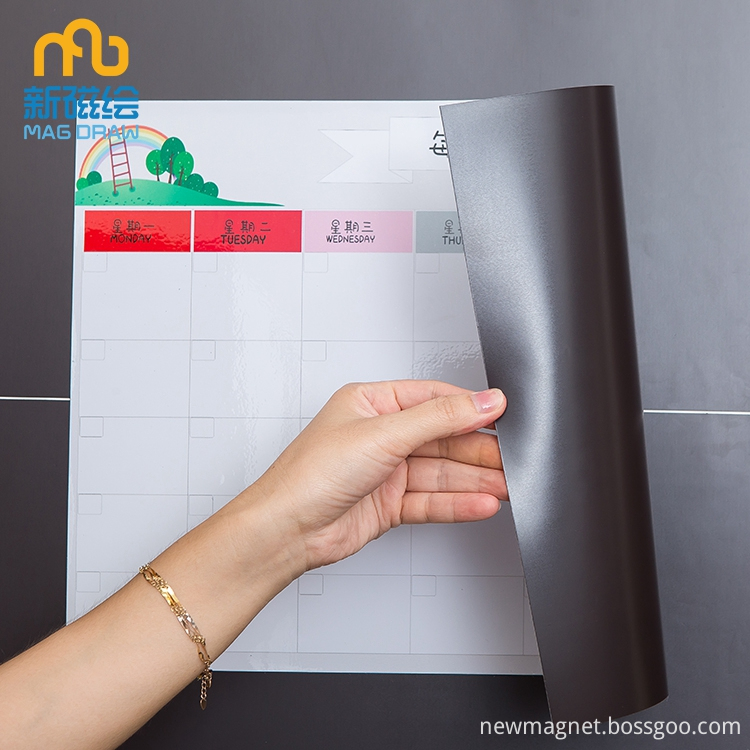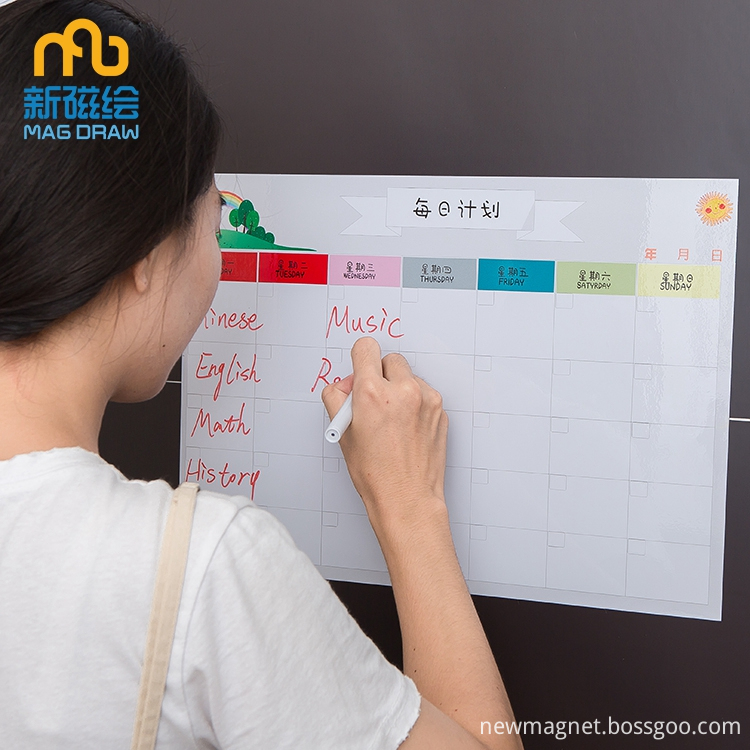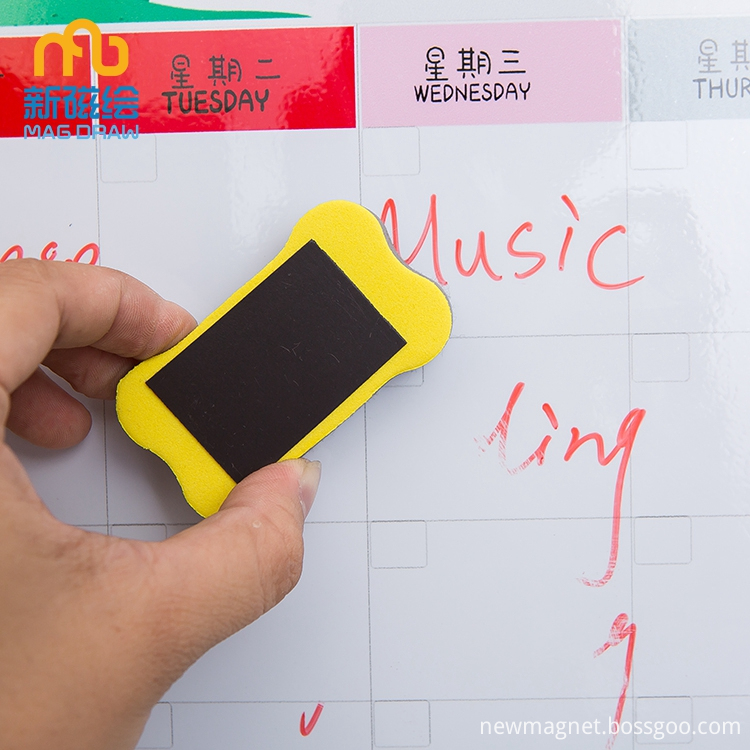Digital printing and digital printing machine example analysis (on)
Let's take 3 digital printing machines as an example. By introducing the technical characteristics of these 3 digital printing machines, we will further understand on-demand printing and also introduce some corresponding software. The three digital presses are: 1. A new generation of DocuColor digital printing presses. Xerox's DocuColor 2000 series printers will change the color printing market's perception of printing speed and cost per page. 2. Xeikon's sheetfed digital press. Xeikon launched its first sheet-fed printing press CSP320D. Although its printing speed is not high, it can guarantee high printing quality and contains some interesting technologies. 3. High-speed printing press from Indigo. Indigo launched a set of fast printing presses, including a monochrome printing press, which can reach 8,000 color sheets per hour, so that it can eventually compete with some offset presses in speed. In terms of software, one worth mentioning is the PPML standard (Personalized Print Markup Language) established by the PODI (Print On Demand Initiative). This standard will make the printing of variable data printing easier, without considering the special software requirements of the output device. This will solve the biggest obstacle in accepting variable data printing. Among the variable data packages on display are Pageflex and Persona-the single-user version of the all-round Mpower software package. 1. The new DocuColor improves speed and reduces costs Xerox's new DocuColor2000 series of color digital presses consists of 2045 and 2060 models. They will have a significant impact not only on Xerox itself but also on the entire color digital printing market, and will become a weight for Xerox to occupy a pivotal position in the color digital printing market. Readers must have noticed that this is not Xerox's first big move in this market. With its early product DocuColor40, Xerox once had a leading position in color digital printers, relying on printing speeds of 30 pages per minute or higher. It is estimated that nearly 10,000 machines have been installed. However, in this market, the DocuColor40 digital printing press is always considered to have not reached the current printing standards in terms of print quality, operability and service life. Xerox is proud of the DocuColor2000 series, which differs from DocuColor40 in that it uses a new technology and incorporates a new design. Its development can be traced back to 3 years ago, when Xerox and its partner FujiXerox began to plan to develop a new machine, which will truly meet the needs of the printing market, in addition to improving quality, operability and reliability In the design process, the most critical point is to consider the user's operating costs and the total cost of ownership, thereby improving its profitability. In this regard, Xerox claims to have achieved success, and its single-page operating costs have been reduced to less than 10 cents. 1. Speed ​​and quality The two models of DocuColor2045 and 2060 are actually two printing machines of the same type, they are only different in running speed, which are 45 pages and 60 pages per minute of A4 format paper. For double-sided printing, the number of prints per minute is halved, that is, 22.5 and 30 pages per minute are printed on A4 size paper. We have noticed that the new series of printing presses are different from the DocuColor40 digital printing press. In double-sided printing, the speed has not been reduced. This is achieved by a reasonable paper path design and paper turning mechanism design. Since there are only differences in printing speed between the two types of printing presses, we will treat these two machines as the same type in the future. The printing resolution of this machine is 600dpi. Each pixel has 10 pixels to ensure the color quality, 8 of which guarantee the color of the image, and 2 dots are used to determine the characteristics of specific image pixels (if this characteristic increases, we Hereinafter referred to as I-Tracs). 2. Media selection DocuColor 2000 can print a wider range of substrates (from 64-280g / m2) than DocuColor 40. In addition, the 2000 series was designed from the beginning to be able to print both ordinary paper and art coated paper, and DocuColor 40 is designed for uncoated paper printing. This feature alone makes this new type of equipment the same Fine art printing machine, not just an ordinary printing machine. Xerox has reached an agreement with the paper supplier, and the paper supplier guarantees to provide a variety of printing materials suitable for the DocuColor 2000 printing machine, thereby ensuring the printing level and quality that only the offset printing technology can achieve in the past. 3. Digital blanket technology This technology has been applied in the introduction of DocuColor 12 at 12.5 pages per minute, which was called IBT (Intermediate Belt Transfer) technology. However, it has recently been renamed Xerox Digital Blanket Technology. Similar to the earlier DocuColor 40, the 2000 series uses an image separation drum as the carrier for each color in four-color printing. However, a new technology used in the 2000 series has improved printing quality and reliability. The new technology is to transfer each color image of the four units to the digital blanket DB first, and then transfer the entire four-color image from the DB to the printing substrate by one-time embossing. When using DocuColor 40, each color is directly transferred to the printed substrate through the four-color imaging drum, but not transferred through the intermediary. Digital blanket and one-time imprinting method improve the accuracy of color overprinting and obtain better imprinting effect. Due to the greater embossing force, which can achieve better image transfer, this DB method is very similar to the printing machine using a single rubber cylinder printing, such as the Heidelberg Express D146 / 4 printing machine, and the Indigo Omuins printing machine The technique used in this is called One-Shot Color technology is similar. The advantage of DB technology is not only that it can apply more pressure when transferring an image to a substrate, but also that a wider range of grammage and types of substrate can be used. When the image is directly transferred from the drum to the substrate, due to the limited pressure used to transfer the color material, the substrates that can be used are limited in terms of roughness and grammage. After adopting DB technology, the image transfer can use more pressure, so as to satisfy the printing of rougher and heavier substrate materials. 4. Fusion Technology DB also cooperates with other new technologies, including improved fusion technology, one of which is called BeltNipFuser. It first transfers the image to the DB accurately, and then transfers the image to the substrate under high pressure. At this time, the image is also fused to the substrate. Another technique is called LLOFT (Low Iil Fuser Technology). It uses a very small amount of oil (developer) to transfer the toner to the blanket. The key to this technique is to put the toner and developer in a separate, dry developer cartridge, and the box is packed in In the toner supply device above the printing press. For this, DocuColor 40 requires 10 μl of developer per printed sheet, while DocuColor 2000 uses 1.5 μl, which can achieve better image quality and lower colorant cost. The technique of color fusion on the substrate has also been strengthened. Fusion was one of the most time-consuming processes in this printing process. It uses heat and pressure to permanently consolidate the color on the substrate In this way, the printing speed can only be increased by increasing the heating or pressure, but any of these methods will cause damage to the paper or damage to the image. BeltNipFuser technology uses a belt and a roller instead of two rollers to handle the fusion of colorants. The tape is wrapped around the roller, which enlarges the "contact area" (the area where the roller contacts the substrate), which ensures that the substrate can have the longest contact time with the heating roller. This longer "dwell" time can compensate for the printing. The heating time caused by the increase of speed is reduced, which can obtain good fusion effect for high-gram heavy substrates or thick ink color printing. This application is for some special printing materials, such as the color of non-absorbent printing materials. Printing has a special meaning. When using DocuColor 40 to print this non-absorbent substrate, the speed will drop to 3.6 pages per minute, while when using DocuColor 2000 it will be as high as 22 pages per minute. 5. Quality characteristics A Xerox technology applied with the above technology is called I-Tracs classification technology, which can be classified and marked according to the content of the printed layout (text, images or lines), thereby improving the printing quality (this is the extra per pixel that we premised on) The two required layout parameter points). Using this technology can classify and mark different elements of each layout, so as to use different screening technologies to improve printing quality. During the operation, after the printed image elements are fused and before the printed sheet is off the machine, I-Tracs can use differential photometric technology to automatically detect each image element on the printed sheet and compare it with the standard sample sheet to generate rapid feedback and make necessary Adjustment to obtain accurate color reproduction and stable printing quality, while also ensuring a high degree of consistency in color quality throughout the printing process. The method that can further improve the quality of the printed image is the positioning of the paper. Most sheet-fed printing presses ensure the positioning accuracy by stopping the paper first, and then determining its exact position along one of the sides, and then calibrating according to the position on the printed sheet where the image starts to be printed. The DocuColor 2000 is to dynamically adjust the edge and edge of the printed sheet, the position of the head and tail to position the paper, and then use the center of the image position on the paper, which is particularly suitable for ensuring accurate positioning of the front and back sides when printing on both sides. 6. Paper handling One of the main changes in DocuColor 2000 is paper handling, which is designed to meet high productivity requirements. Therefore, it more effectively reflects the potential capabilities of DocuTech technology than DocuColor 40. With its large input and output capacity, DocuColor 2000 can support unmanned operation for a long time. DocuColor 2000 has an input capacity of 5,600 sheets in A3 format and an output capacity of 6,520 sheets. The printing speed of 45-60 pages per minute of these two models of machines will mean a long unmanned operation time (2000 series also uses the high-capacity paper table in DocuTech technology, and the cart can be used to stack the paper Transfer). The 2000 series supports automatic post-press processing components provided by some suppliers, thus making the entire system have "complete" printing capabilities. 7. reliability Another key to printer design is its maintenance and technical support. Xerox completed the design of the machine with the concept of "ideal maintenance time". In the case of 100,000 prints per month, it can be predicted that the number of monthly repairs is 3.2. The design of DocuColor 2000 uses a series of component combinations, some of which can be replaced by operators, while others are completed by specialized maintenance engineers. In general, the replacement time for any operation requires the replacement time to be within 30 seconds, and the replacement of the component by an engineer is also required to be completed within 2 minutes when using hand tools. The entire maintenance time is between 3500 and 4000. The failure referred to here does not mean that the machine is damaged and shut down, but only refers to the printing interval necessary for a certain degree of maintenance to obtain the best printing quality. . 8. Digital front end The standard optional controllers of the 2000 series come from the new Spire front end of EFI, Splash and Scitex. The input can be carried out by an optional scanner with 40 pages per minute. Note that this is the first Xerox color digital printer that does not set the scanner as the standard configuration in the machine. It regards the scanning of the original as the optional ability of the system. 2. Xeikon's first sheet-fed printing press CSP 320D is Xeikon's first sheetfed printing press. In some ways, the CSP imaging mechanism is very similar to the mechanism in a web press. It has 8 inking devices (two sets of cyan, magenta, yellow, and black groups are used for each side of the printed sheet). Whether it is single-sided printing or double-sided printing, the printing speed can be kept the same. Of course it is different. The color is not transferred directly to the paper like other Xeikon printers, but to a photoelectric conversion belt, and then transferred to the paper. The machine has two magnetic conversion belt components, and each set is used for 4 color groups on the front and back sides of the printed sheet. The photoelectric conversion belt is imaged 4 times by the laser during operation, leaving 4 charged images (each image corresponds to cyan, magenta, yellow, and black), and then developed by 4 ink discharge devices, each ink The device has two positioning positions: one is close to the photoelectric conversion position, and the other is the retracted position. When the charged part of the photoelectric conversion belt passes through the color group, the corresponding ink lowering device is close to the photoelectric conversion belt to apply toner to the charging area; when the charging area of ​​other color groups passes, the color ink lowering device retracts. The conversion belt carries four-color toner and comes into contact with a series of rollers. After accurate positioning, the image is transferred to the printed sheet. The positioning of the rollers should ensure that the four-color transfer is completed at almost the same time. There is only a slight difference between transfer locations. The conversion belt mechanism has two main advantages: first, it has a very short straight line, which can ensure a good overprint and reduce paper jams; second, it can print a wider range of printing paper.
Our Magnetic Planner have a very smooth writable surface, no peeling and bubbling,for easy to write and wipe. High quality magnetic base for sticking on fridge,make sure it's not easy to drop. Different designs are designed for different scenes,more styles, more choices.
The most advantage is high quality very erasable. Leave no any residue and not leave behind any marks after being erased. It can be erased cleanly after long time. Our magnetic planner is very hot sale in amazon. We've already cooperated with the customers from amazon and they get high good reputation.
Magnetic Planner Weekly Schedule Planner,Calendar Planner,Monthly Planner,Weekly Planner Guangzhou New Magnetics Technology Co.,Ltd , https://www.softwhiteboard.com
Magnetic Planner


